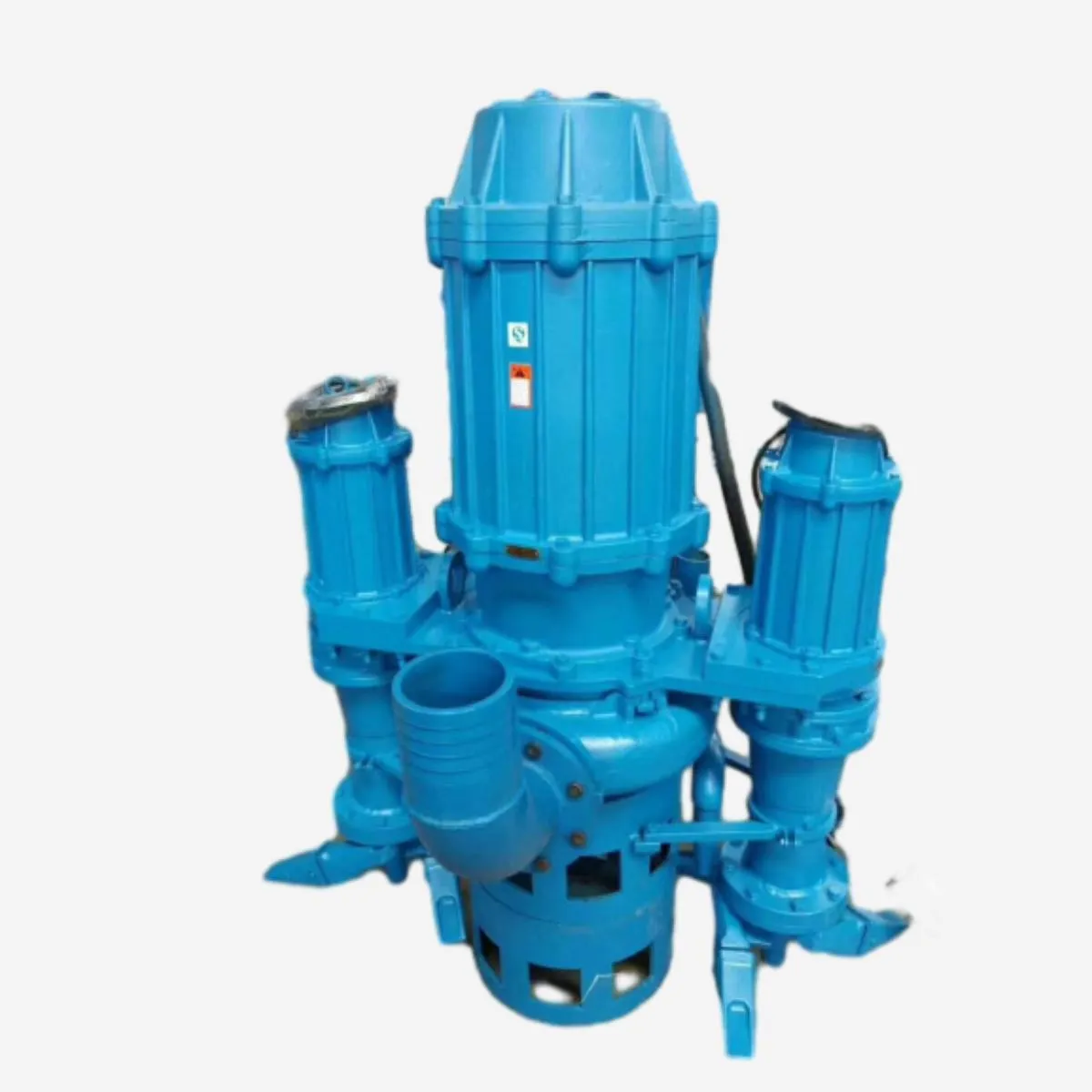Icelandic
- Afrikaans
- Albanian
- Amharic
- Arabic
- Armenian
- Azerbaijani
- Basque
- Belarusian
- Bengali
- Bosnian
- Bulgarian
- Catalan
- Cebuano
- Corsican
- Croatian
- Czech
- Danish
- Dutch
- English
- Esperanto
- Estonian
- Finnish
- French
- Frisian
- Galician
- Georgian
- German
- Greek
- Gujarati
- Haitian Creole
- hausa
- hawaiian
- Hebrew
- Hindi
- Miao
- Hungarian
- Icelandic
- igbo
- Indonesian
- irish
- Italian
- Japanese
- Javanese
- Kannada
- kazakh
- Khmer
- Rwandese
- Korean
- Kurdish
- Kyrgyz
- Lao
- Latin
- Latvian
- Lithuanian
- Luxembourgish
- Macedonian
- Malgashi
- Malay
- Malayalam
- Maltese
- Maori
- Marathi
- Mongolian
- Myanmar
- Nepali
- Norwegian
- Norwegian
- Occitan
- Pashto
- Persian
- Polish
- Portuguese
- Punjabi
- Romanian
- Russian
- Samoan
- Scottish Gaelic
- Serbian
- Sesotho
- Shona
- Sindhi
- Sinhala
- Slovak
- Slovenian
- Somali
- Spanish
- Sundanese
- Swahili
- Swedish
- Tagalog
- Tajik
- Tamil
- Tatar
- Telugu
- Thai
- Turkish
- Turkmen
- Ukrainian
- Urdu
- Uighur
- Uzbek
- Vietnamese
- Welsh
- Bantu
- Yiddish
- Yoruba
- Zulu
Telephone: +86 13120555503
Email: frank@cypump.com
nóv . 06, 2024 11:00 Back to list
Efficient Submersible Sand Pump with Integrated Agitation Technology for Optimal Performance
The Role of Submersible Sand Pump Agitators in Modern Industry
In the realm of industrial fluid management, submersible sand pump agitators have emerged as essential equipment for efficient and effective operation. These devices play a critical role in a variety of sectors, including mining, construction, and environmental remediation, where the movement of sand and other sediments is necessary. This article delves into the functionality, benefits, and applications of submersible sand pump agitators, providing insights into their significance in modern industry.
Understanding Submersible Sand Pump Agitators
Submersible sand pump agitators are specialized pumps designed to operate underwater, efficiently moving sand, slurry, and other abrasive materials. These pumps are equipped with agitator mechanisms that stir and mix sediments, preventing them from settling and ensuring that they are easily transported through the pump system. The combination of a robust pump and an effective agitator allows for the handling of challenging materials that would typically be difficult to manage with standard pumping equipment.
Key Features and Functionality
One of the standout features of submersible sand pump agitators is their robust construction, which is designed to withstand harsh environments
. Made from high-grade materials like stainless steel or cast iron, these pumps are resistant to corrosion and wear, ensuring longevity and reliability. The agitator component typically consists of blades or vanes that rotate to create turbulence in the surrounding fluid, effectively suspending particles in the slurry and preventing the formation of clogs.These pumps are also submersible, meaning they can operate at various depths, making them ideal for applications in deep pits or underwater settings. Furthermore, advancements in technology have led to the development of models with variable speeds and flow rates, allowing operators to tailor the pump's performance to the specific demands of the job.
Benefits of Using Submersible Sand Pump Agitators
submersible sand pump agitator

The use of submersible sand pump agitators comes with a myriad of benefits. First and foremost, they improve operational efficiency by minimizing downtime due to clogging or sediment buildup. The agitator keeps materials in suspension, allowing for a continuous flow of slurry to the surface or through required processing systems.
Moreover, these pumps can significantly reduce labor costs and improve safety conditions at job sites. By automating the handling of abrasive materials, workers are less exposed to hazardous conditions, leading to a safer working environment. The energy efficiency of modern submersible sand pumps also contributes to cost savings over time, allowing for more sustainable operations.
Applications Across Industries
Submersible sand pump agitators find applications across various industries. In mining, they are crucial for transporting minerals and tailings efficiently. In construction, they are used to manage sediment in excavations, ensuring that work can proceed uninterrupted. Environmental remediation projects also rely on these pumps to manage contaminated sediments, allowing for effective cleanup processes.
Additionally, they play a significant role in dewatering applications, where excess water and sediments need to be removed from sites to keep operations on schedule. Their versatility and adaptability make them invaluable in any scenario where fluid and sediment management is necessary.
Conclusion
Submersible sand pump agitators represent an essential component of modern industrial operations. By providing efficient movement of abrasive materials, these pumps not only enhance productivity but also promote safer and more sustainable practices. With ongoing advancements in technology, the future of submersible sand pump agitators is poised for further development, ensuring their continued relevance across various industries. As industries evolve and face new challenges, the importance of such equipment will undoubtedly grow, reinforcing its role in effective fluid management.
-
Horizontal Split Case Pump with GPT-4 Turbo | High Efficiency
NewsAug.01,2025
-
ISG Series Pipeline Pump - Chi Yuan Pumps | High Efficiency, Durable Design
NewsAug.01,2025
-
Advanced Flue Gas Desulfurization Pump with GPT-4 Turbo | Durable & Efficient
NewsJul.31,2025
-
ISG Series Vertical Pipeline Pump - Chi Yuan Pumps | Advanced Hydraulic Design&Durable Construction
NewsJul.31,2025
-
ISG Series Vertical Pipeline Pump - Chi Yuan Pumps | Energy Efficient & Low Noise
NewsJul.31,2025
-
pipeline pump - Chi Yuan Pumps Co., LTD.|High Efficiency&Low Noise
NewsJul.31,2025










